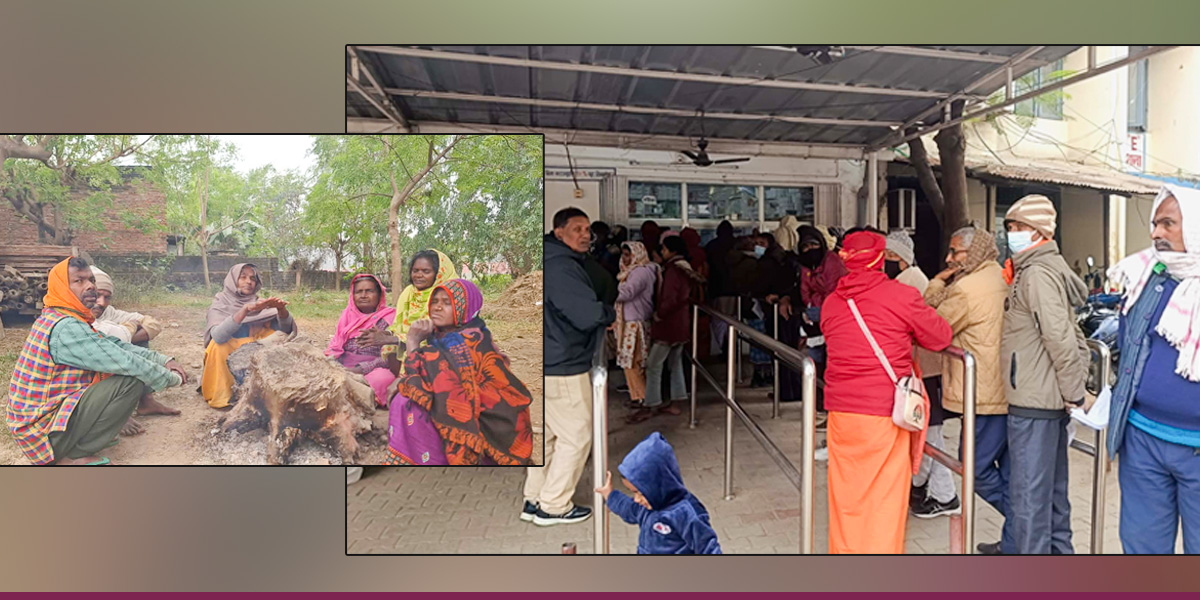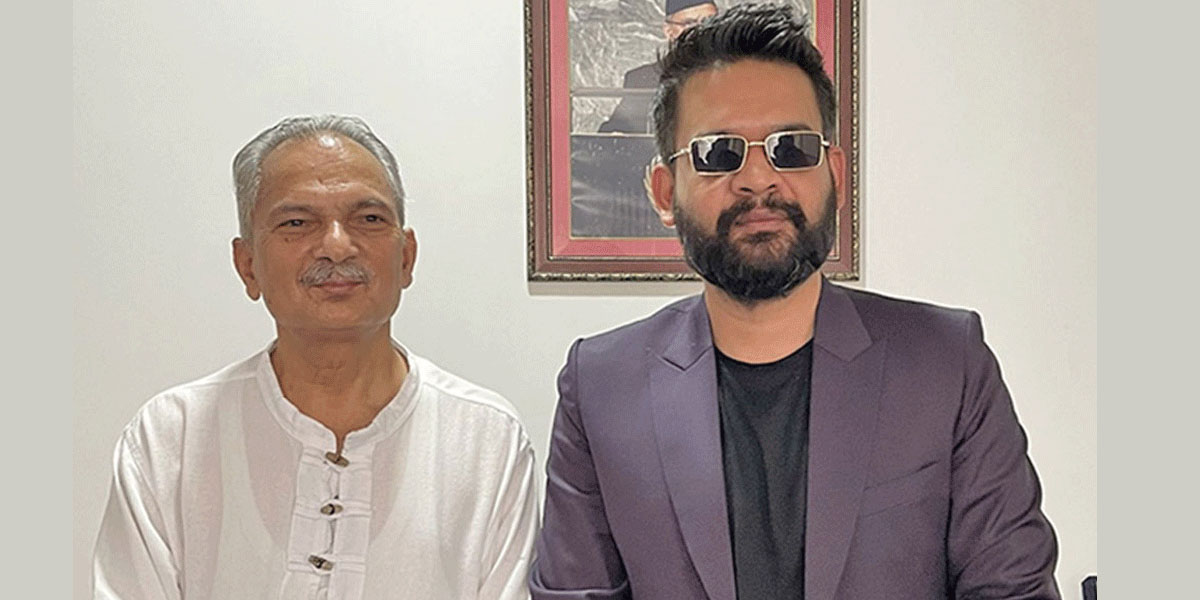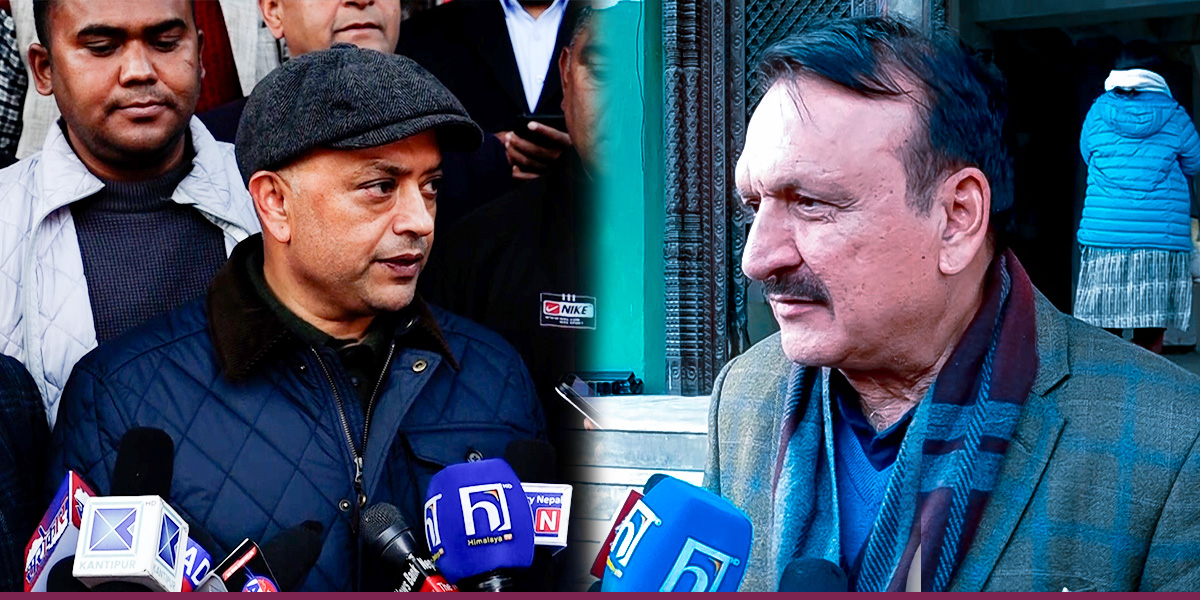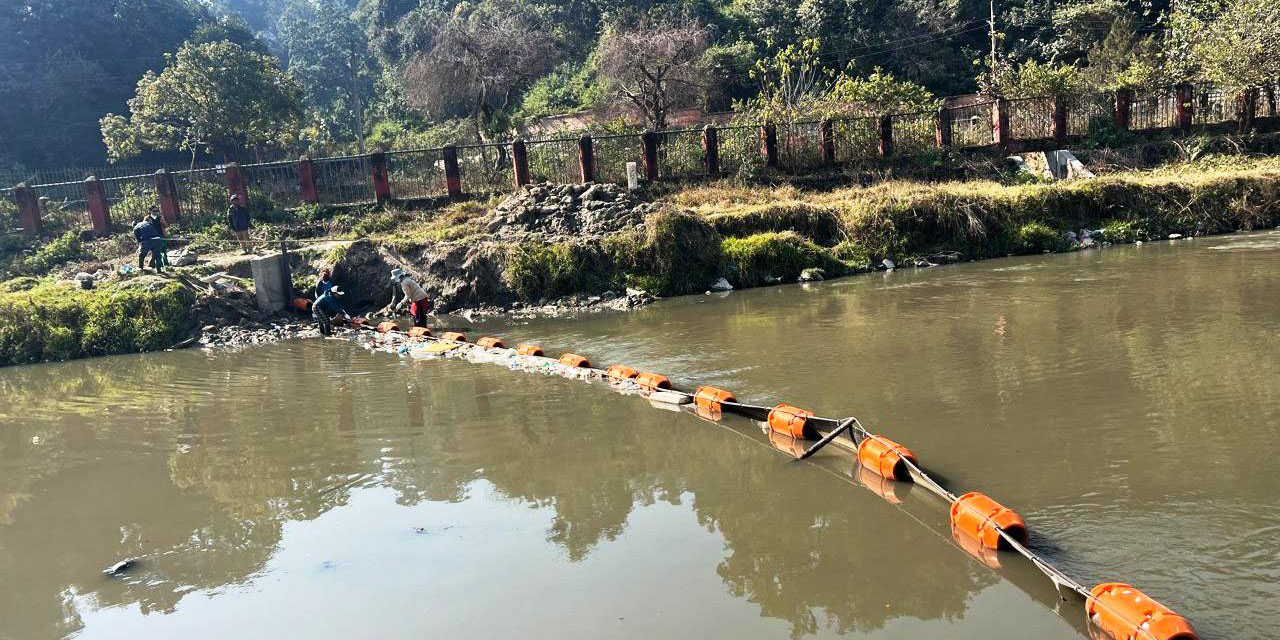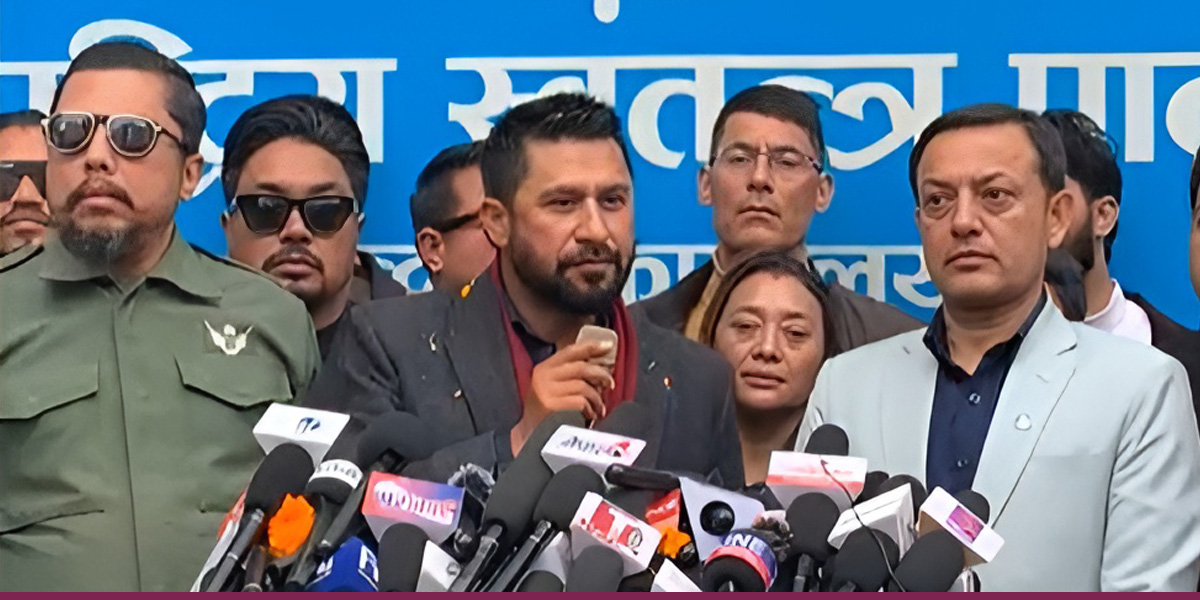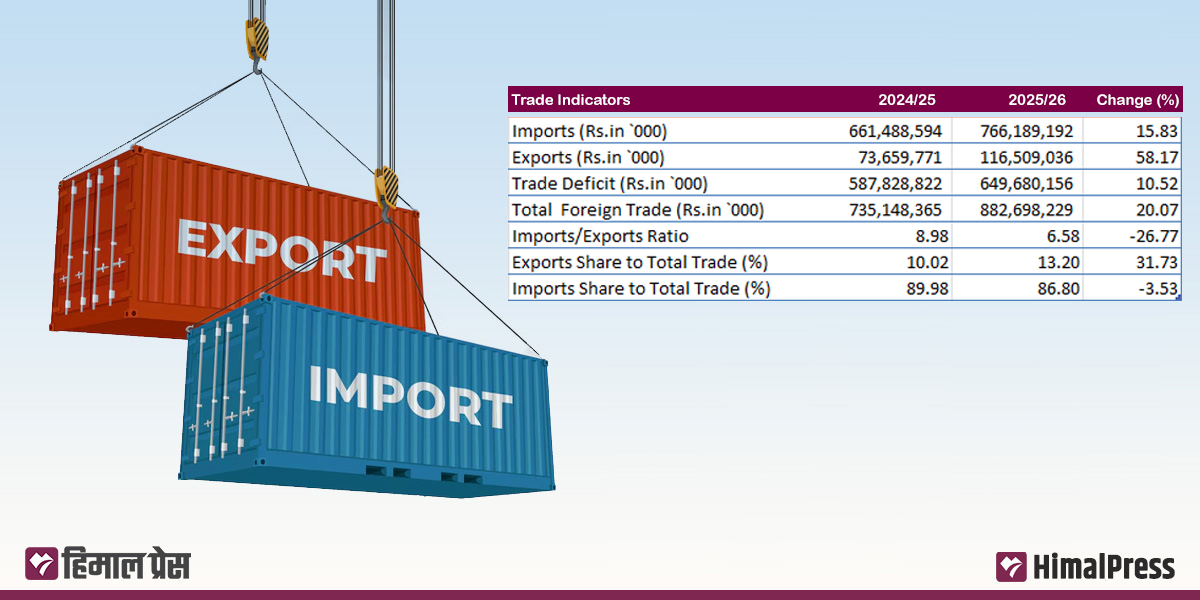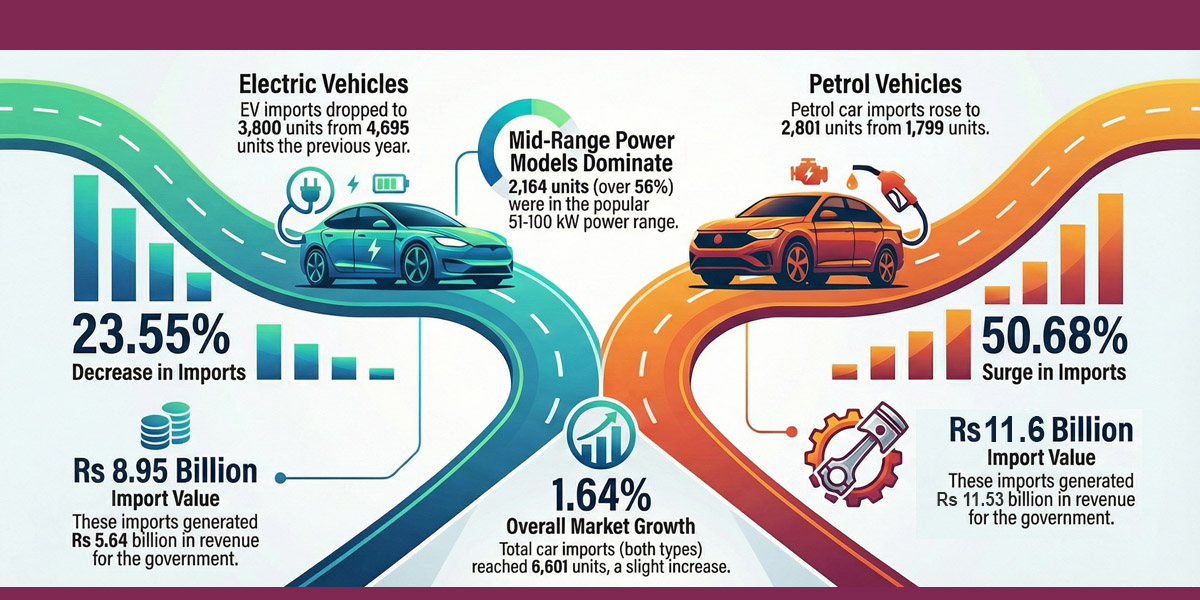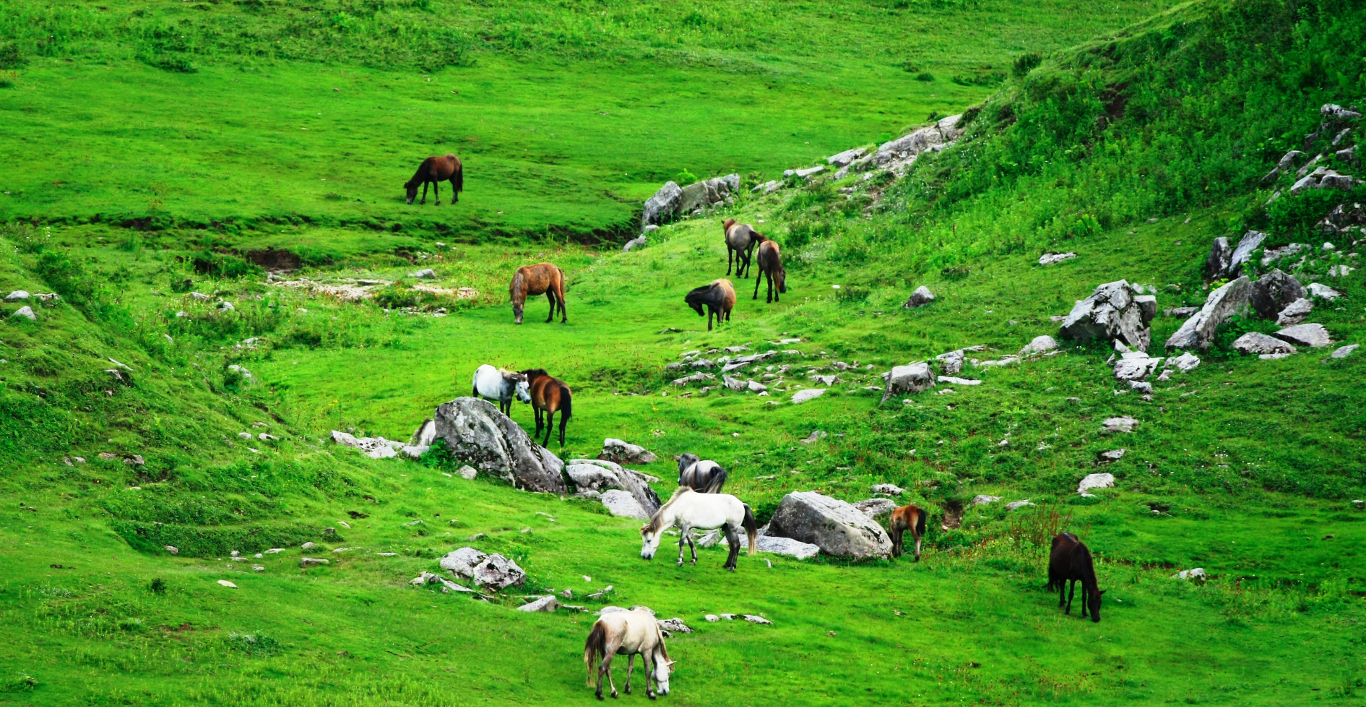 Khaptad National Park, which is spread in four districts, is a popular tourist attraction in Sudurpashchim Province. (File Photo)
Khaptad National Park, which is spread in four districts, is a popular tourist attraction in Sudurpashchim Province. (File Photo)
DHANGADHI: Factories are being opened in Sudurpashchim Province, but there is a lack of skilled manpower. The lack of infrastructure is hindering the province’s tourism prospects. Although it has already been six years since the nation adopted the federal setup, there has been limited visible progress in terms of development projects.
The people of the province have high expectations. But the province has failed to deliver as it is heavily dependent on the grants of the federal government. Experts say that the slow pace of development has strengthened the arguments of those questioning the effectiveness of federalism. Sudurpaschim Province is home to approximately 22,000 industries. Of them, 11,211 are agriculture and forest-based industries, 3,420 are manufacturing industries, 7,057 are service industries and 126 are tourism industries.
Jang Bahadur Malla, an executive member of the Federation of Nepalese Chambers of Commerce and Industry, highlighted the scarcity of skilled workers in the province’s industrial sector. “We want to employ local youths in hydropower projects under implementation in the province. However, the lack of skilled workers has led to increased investment on the workforce,” he added.
Although the provincial government has provided incentives and subsidies to attract industries to the province, there are no such programs to produce skilled workforce. Consequently, many youths from the province are migrating to India and elsewhere in search of low-wage jobs. Oil, dairy, flour, rice, sugar and brick factories, among others, in the province directly employ 1,298 people. However, about a third of them are Indian nationals.
Malla said that the government should focus on attracting investment in the industrial sector.
Although the provincial government has provided incentives and subsidies to attract industries to the province, there are no such programs to produce skilled workforce.
Furthermore, tourism holds great potential in the province. However, development and promotion plans for tourism destinations have been lacking. Notable attractions in the province include Ghodaghodi Lake in Kailali – a Ramsar site, Jhilmila, Bedkot, Alital, Chhativan, and Khaptad. However, the lack of roads, hotels, and homestays has hindered the growth of the tourism industry.
The provincial government has set the objective of promoting the Sudurpashchim Province as an attractive, safe, and high-quality tourist destination in its first five-year plan. However, the implementation of the tourism master plan has not yet commenced. The officials of the Ministry of Industry, Tourism, Forestry, and Environment say that budget allocation and programs will be based on the master plan starting from the new fiscal year which begins in mid-July.
The master plan includes initiatives to beautify temples of religious significance, build access roads, construct tourist-standard hotels and guest houses, and promote them in domestic and international markets. The goal is to increase the contribution of the tourism industry to the province’s gross domestic product (GDP) to 10% and attract 2.5 million tourists by 2031. Similarly, the province government aims to extend the duration of stay for Indian tourists from four days to ten days and for tourists from other countries from 16 to 22 days. The master plan also aims at increasing the daily spending of Indian tourists from $70 to $100 and other tourists from $100 to $150.
Likewise, the provincial government is also targeting to increase the flow of tourists to Shuklaphanta National Park, Khaptad National Park, and Api Nampa Conservation Area.
Economist Khemraj Pant sees a lot of tourism potential in the province. He, however, said efforts aren’t being made to promote tourism even though India’s federal capital New Delhi and Uttarakhand state are close by. “It seems that the province has not set its priorities,” he added.
In terms of the economy, the agricultural sector contributes the most to the provincial GDP, accounting for 33.5%, while administrative and support services contribute the least, only 0.1%.
About 56% of arable land in the province has irrigation facilities. Although the province produces paddy, wheat, maize, barley and buckwheat, different varieties of edible oil, lentils, fruits and spices like garlic, ginger and turmeric, the province hasn’t been able to find a market for these farm products. Further, the government has also not been able to provide seeds, chemical fertilizers and inputs to farmers at concessional rates.
The province also holds great potential in the energy sector. The energy generated by Chamelia (30 MW) has already been connected to the national grid, while several other projects like Upper Chamelia (40 MW), Naugad (8.5 MW), Upper Naugad (8MW) are in different stages of construction. Similarly, three projects on Kalanga River having a combined capacity of 70 MW are under different stages of construction.
According to Independent Power Producers Association, rivers in Sudurpashchim Province have the capacity to generate 18,149 MW of hydropower. which is about 22% of the country’s total capacity. However, only 41.8 MW is being generated so far.
Likewise, the government has awarded two projects on Seti River having a combined capacity of 1,200 MW to the Indian government undertaking NHPC Limited.
According to Independent Power Producers Association, rivers in Sudurpashchim Province have the capacity to generate 18,149 MW of hydropower. which is about 22% of the country’s total capacity. However, only 41.8 MW is being generated so far.
In terms of infrastructure development, the province has constructed 5,475 kilometers of roads as of February 2021. Of these, 4,057 kilometers are unpaved, 1,196 kilometers are gravel roads, and 222 kilometers are tarred roads. The population of Sudurpaschim Province is 2,711,270 and the major cities in terms of population and economy are Dhangadhi, Bhimdatta (Mahendranagar), and Tikapur, as per the 2021 census.
As per Economic Survey (2020/21), Sudurpaschim Province contributes 6.9% to the national GDP and it is estimated to have a growth rate of 3.56% in the fiscal year 2020/21. The province’s GDP is estimated to be Rs 339 billion at the consumer price. The province contributed around 7% to the national GDP in 2021/22, and a similar contribution is projected for the fiscal year 2022/23.
Although regular flights are operated at Dhangadhi Airport in Kailali, flights to Dipayal in Doti, Patan in Baitadi, and Chainpur in Bajhang are irregular.
The Mahakali Irrigation Project in Sudurpaschim Province aims to provide irrigation facilities to 33,520 hectares of land in Kanchanpur and Kailali districts. According to the site office for the third pahse of the project, 6,410 hectares of land in the Brahmadev area of Kanchanpur and the Chandni-Dodhara area in the first phase will get irrigation facilities initially.
Economist Pant says the province is still dependent on the federal government despite having immense potential in various sectors. “Maybe we are expecting too much from the province which is dependent on the federal government for resources,” he added.



